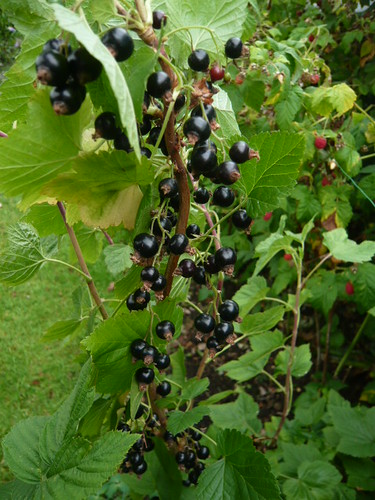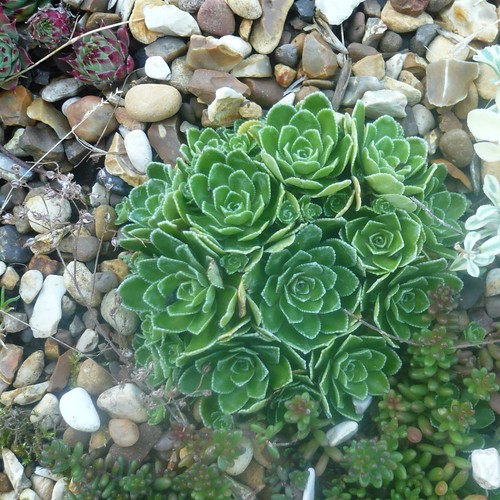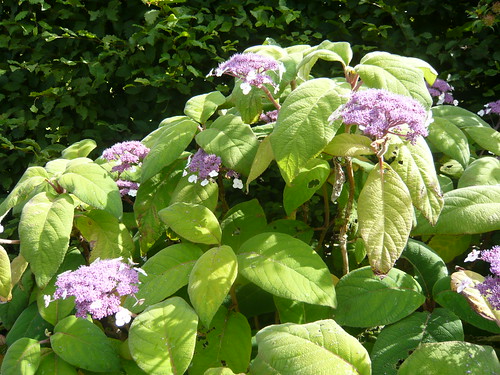Propagate Plants – Help Books
Your book shelves wont propagate themselves but with just a bit of help from Amazon……
‘RHS Propagating Plants’ a Paperback by Alan Toogood is a good present for a favourite Uncle (I hope my relatives are reading).
The RHS own review says ‘Each plant is described briefly, followed by in depth descriptions of the main forms of propagation which can be used to increase stock, gathering seed, taking cuttings, grafting and so on. Earlier chapters cover basic botany required to understand how plants grow and also describe the various techniques in detail.’ At around £10 I think it represents good value.
‘Creative Propagation’ by Peter Thompson is a scientifically sound book based on a readable approach to the propagation of a range of plants.
At around £15 this book helps the gardener understand the processes that makes propagation work.
Readers Digest and Miranda Smith bring us ‘The Plant Propagator’s Bible’ but with Readers Digest I often feel like I have just had a chinese meal – shortly afterwards I want something of more substantial. …




















